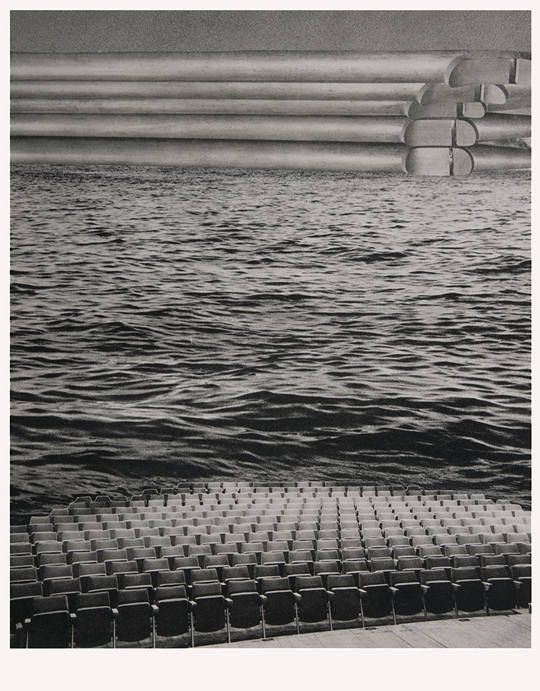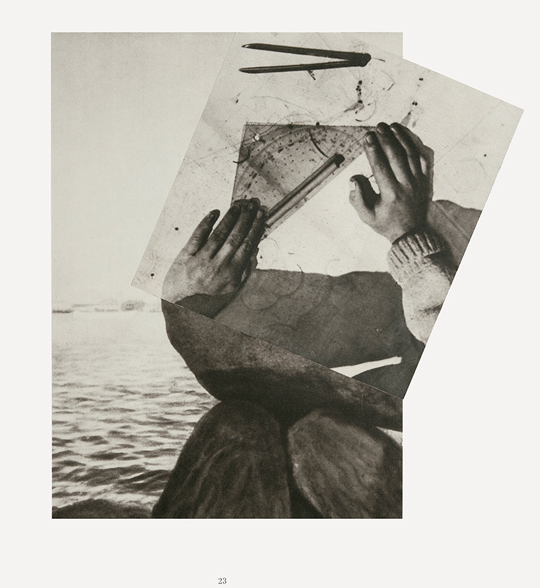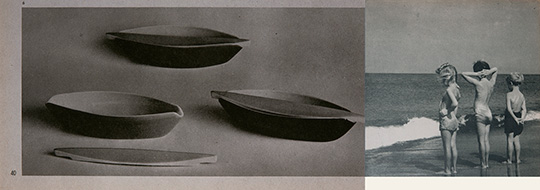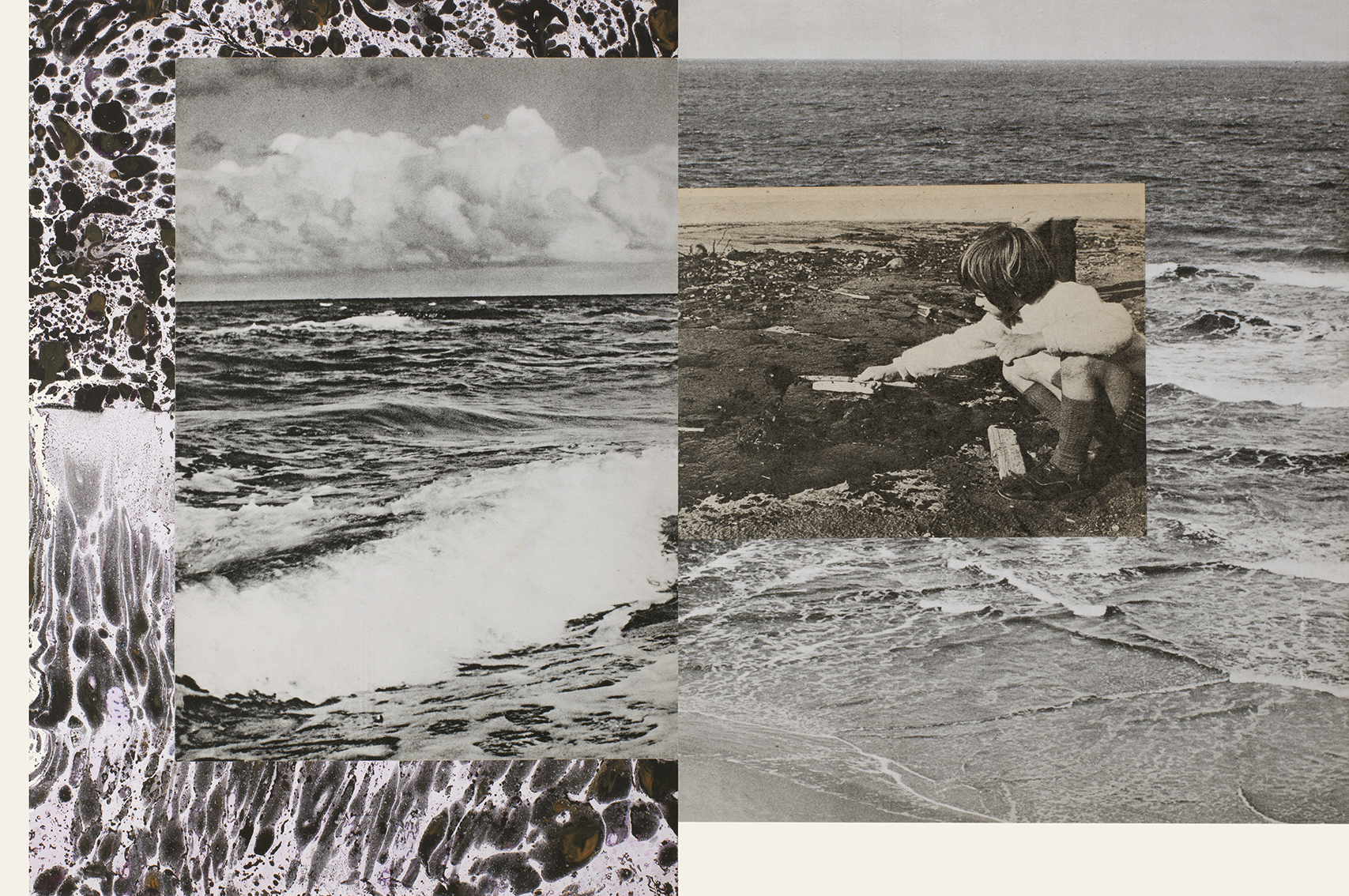The list of objects cast up by the sea is inexhaustible. Shells; stones, sometimes overgrown with seaweed; dead fish; pieces of polystyrene foam; rags; lifeless cats with matted fur; remains of mysterious striped boxes; shattered mirrors; toys; lifebuoys or bits of them; remnants of fishing nets; broken-off chair-legs; corked-up bottles with something inside; human corpses or body parts; what survives of a once-stolen wallet; marbles dulled by salt water; beach parasols; car windscreen wipers; plastic watering cans; iron bars turning rusty as they dry on the sand; empty medicine phials; computer parts no longer in use; somebody's bones; appliances whose purpose is hard to discern; bracelets, rings, and other jewellery; furniture and keys; pallets, props, and partitions; the bottoms of boats; baskets or cane hoops left from them; treasure chests; scales from a mermaid's tail; branches; sticks; fallen birds or just their wings; tyres full of holes; scraps of film of washed-out scenes from a silent-movie masterpiece; oars that could still be used; pitchers and chipped plates; splodges of oil and fluids of unknown provenance; small columns; armrests from long-vanished seats; worn-out suitcases; flowerpot shards; handbags with ripped-off handles; screw-tops that have ceased to match anything; cans of paint once used to coat a battleship; jellyfish, pieces of amber, and shells of deep-sea creatures; a wooden pole where some flag had hung; a jar that had contained a pirate delicacy; the decorative finish of a screen that once stood in a luxury cabin; lifeboats, whose passengers were lost without trace.

In Freud's theory of dreams, water, that most oneiric of liquids, plays a substantial role. Falling into water or rising from it symbolizes birth, while the sea stands for the unconscious. Perceiving in the sea a metaphor for the unconscious mind, psychoanalysis stated what many had intuited before it: the sea is a reflection of the world.
In the so-called Dream Period, allusions to water frequently occurred during the hypnotic séances conducted by the Surrealists in the Paris flat of André Breton, situated on the prophetically named Rue Fontaine. Benjamin Péret, one of the chief mediums, would throw himself on the floor, which he took for the surface of the sea, and make swimming movements. When asked what he saw, he would answer: water. Water the colour of water.

Far removed from the sea, sensitive individuals dream of fake waves. It is no accident that the Surrealists' map of the imagination had more water than lands.
Obsession with water also seized the organizers of the 1939 New York World Fair, who announced long before the opening: "This year's theme will be water. WATER." A daring interpretation of this motif was the "erotic refrigerator": a block of ice weighing over half a ton, in which female models were shut for several minutes. Salvador Dali designed an "oceanic" pavilion imitating the structure of coral and housing two glass tanks. The contents of the first—filled with water and entitled Venus's Prenatal Underwater Château—symbolized dreaming. In it swam a fireplace, soft watches, telephones and typewriters made of rubber, an artificial cow wrapped in gauze bandages, a female mannequin with a keyboard painted on her body chained to a grand piano standing on the floor, as well as half-naked underwater dancers resembling mermaids. Their occupations—milking the cow, playing the piano, talking into telephones—articulated the secrets of oneiric knowledge. In the dry tank, on a thirty-six-foot-long Burning Bed, a nude Venus lay dreaming. The title Bottoms of the Sea (later changed to Dream of Venus) was meant to prompt analogies between the watery abyss and the depths of the unconscious. In the "dark, safe and damp" interior, suggesting affinities between amniotic fluid and deep-sea waters, the artist saw a symbol of return to the mother's womb. The bed, which created the effect of live coals, was covered in red and white satin, leaves and ivy. Beside it hung a gigantic "aphrodisiac telephone" with liqueur glasses stuck all over it. In an oval orifice in the plush headboard behind Venus's head, as in a comic-strip bubble, the underwater visions from the adjacent tank drifted past.
In the first Manifesto of Surrealism (1924), Breton included an anecdote about a placard pinned to Saint-Pol-Roux's bedroom door: POET AT WORK. According to Surrealist theory, an artist is more creative when asleep than when awake. He or she drowns then in visions, in the deep abyss of the unconscious, in a boundless symbolic expanse of water. Breton, a native of Brittany, would certainly have applauded the idea of erecting similar placards on beaches. POET AT WORK. For nothing is more conducive to waking dreams than the sea.

The sea calms and alarms. Its swoosh is compared to a hundred sounds at once and yet there's no way to convey the whole complexity. Screams, wails, thunderclaps, whistles, moans, rumbles, shrieks of exhortation, the boom of waves breaking on rocks, seagulls' cries, sirens' chants, the weeping of sailors tickled to death, half-audible words coming from no one knows where, transfused with their own echo. Ghost ships on the horizon, spirits of castaways floating on waves nearer the shore, shadowed by the amused look of a mermaid combing her wet locks for eternity.
And then there are the beaches! Dunes torn asunder by secret life. The sea breeze, the smell of iodine, fog hanging over the water, the stormy swell from which it's hard to tear one's eyes, the salt taste in one's mouth, sunrises and sunsets, lights and shades found nowhere else. And sandcastles: ramparts, moats, drawbridges, garlands of seaweed, towers with cockleshells on top. As easily demolished as a house of cards.
A little girl inspects the water she carries in her bucket. There's not much time left. Soon, only a few decades later, she will sit in a cane beach-chair sheltering her from the wind. Luckily, she doesn't know it yet. So the beach becomes a metaphor for life. Fragile, absurd, worth immersing oneself in utterly—and digging up from the sand a gold wedding ring mislaid by someone years ago.
Temporality, at least for now, does not bother the sea. Unconcerned, it changes colour—from the grey of a filthy dishcloth to the glittering radiance of a turquoise ring. It surges, subsides, slumbers for a moment, only to break forth again immediately in a fresh attack of frenzy or fit of wild joy.
And the most perfect place on earth to embrace the whole world in one's gaze? Why: a lighthouse, of course!

